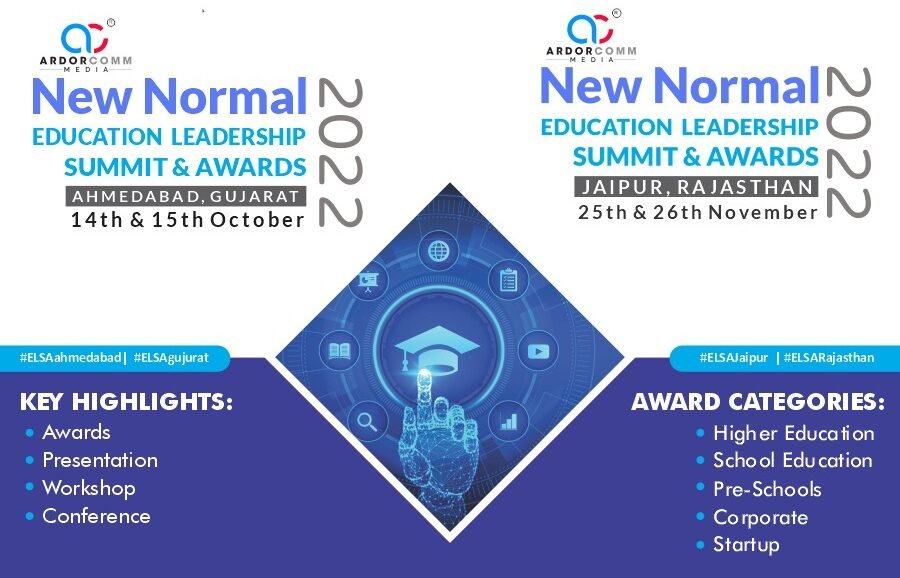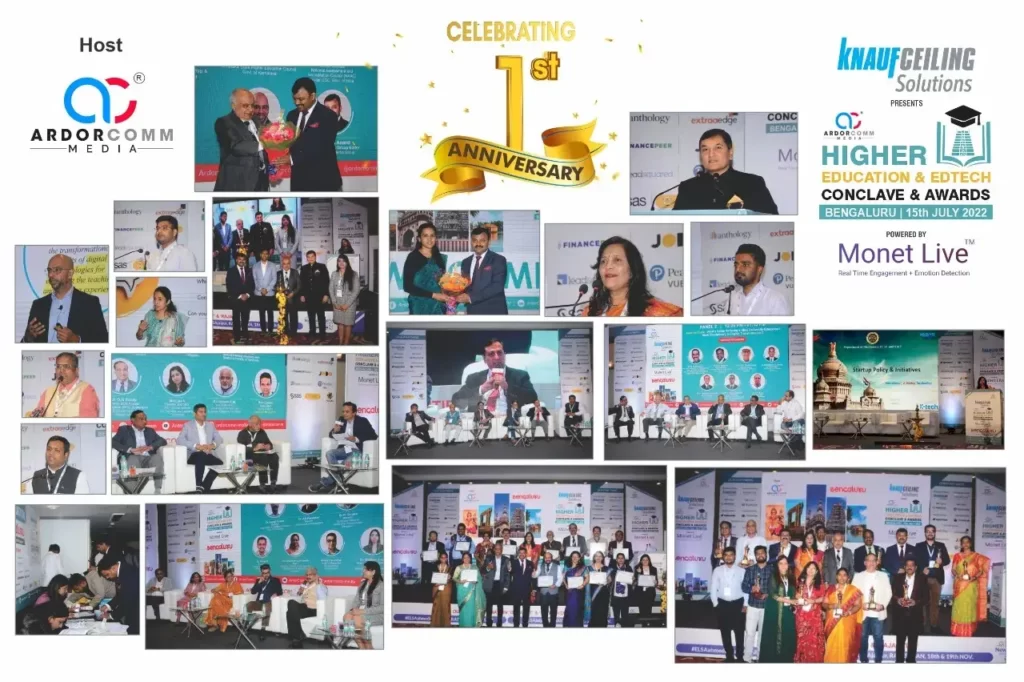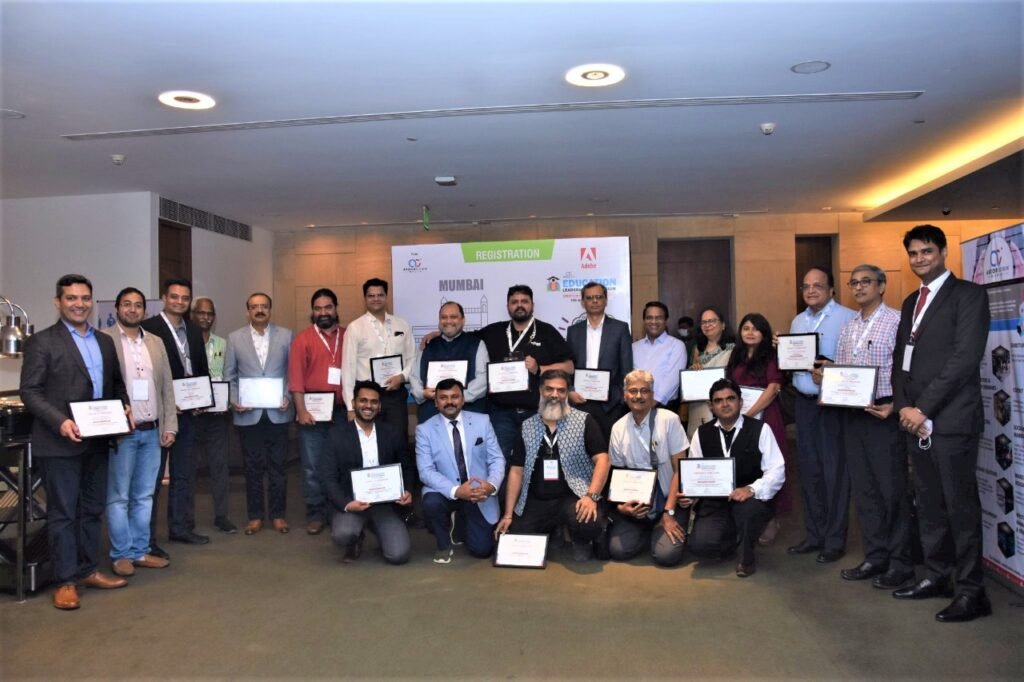International education in the post-pandemic era
The number of students going overseas to seek higher education steadily increased over the five years before the Covid-19 outbreak. However, this number drastically decreased after the pandemic broke out. In contrast to the more than 5 lakh students who traveled abroad for higher education in 2019, only 2.6 lakh students did so in 2020, according to the Ministry of External Affairs (MEA), a decrease of over 55%. However, the number of students traveling abroad is gradually increasing now that the crisis has subsided and nations throughout the world are reopening their borders. When choosing where to live overseas, students have evolved into much more discriminating and knowledgeable decision-makers. They are considering everything before making a choice, including the location, the course, the career prospects, the lodging, living costs, job opportunities, and university rankings. Here are 5 important trends in overseas education that you should be aware of in the post-pandemic era if you’re a student planning to relocate abroad. Increased preference for different countries Even while the US, Australia, Canada, the UK, and Germany continue to be some of the most sought-after locations, there are now several additional nations that students are deciding to migrate to when they decide to study abroad. For instance, the Middle East, New Zealand, Europe’s France, Italy, Denmark, the Netherlands, Scandinavia’s Norway, Sweden, Finland, and Asia’s Singapore and Malaysia are all experiencing rising tourism numbers. Students’ choice of location is influenced by a variety of factors, including their desire to explore different cultures through travel, take classes, and consider job alternatives. A vast array of courses The courses that students choose have undergone a paradigm shift in recent years. There are more possibilities outside law, medicine, engineering, and economics. The majority of colleges provide a wide range of courses, including career-focused ones like liberal arts, development studies, culinary arts, architecture, urban planning & sustainability, artificial intelligence, data analytics, and more. Therefore, it’s essential to make sure you look over the course alternatives offered by your preferred colleges before applying. It’s time for you to pursue your passion, and university course selections are fostering that environment. The future of education is a hybrid learning Education institutions have been affected by one of the pandemic’s most major disruptions. Universities that provide hybrid learning choices are becoming more and more popular with students. This will enable them to balance their academics with any side work they decide to take on to help support themselves while they are away from home. Test exemptions For those who plan to pursue higher education abroad, rigorous preparation is necessary for competitive tests like the GRE and GMAT. These factors, however, have changed since the pandemic. Although students will still need to submit a compelling application, several universities alleviate students’ pressure from these exams. Varying tendencies in scholarship An international student can benefit greatly from receiving a scholarship because it helps ease the financial burden of studying abroad. However, most scholarships were only awarded to students based on their academic performance until recently. Those times are long gone. Concepts such as social scholarships and others, in which students are assessed according to their capacity to have a positive social influence as well as other non-academic criteria. With these grants, students’ options are expanded, and the competition bottleneck is lessened. Conclusion When tackling the exposure of students, teachers, and staff to globalization, universities should shift from the transactional and credit-bearing model to a relational and social model. They ought to be able to coordinate resources, efforts, values, and ideas in support of the development of cross-cultural sensitivity, human immersion, and life-changing international experiences. Hence, moving overseas doesn’t have to be a complicated procedure. Making your study abroad experience smooth and enjoyable may be achieved by doing your homework, creating a strong application, and considering all factors. Additionally, bear in mind the aforementioned tendencies before applying. The author, Pratik Ghosh is associated with ArdorComm Media
International education in the post-pandemic era Read More »










